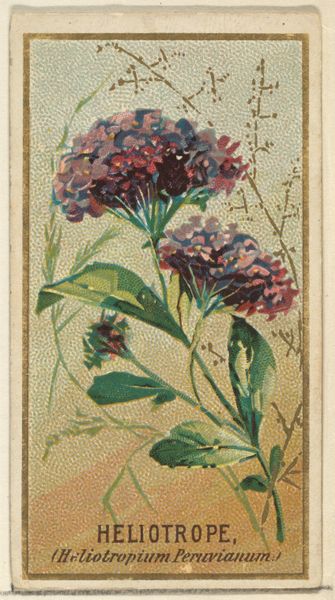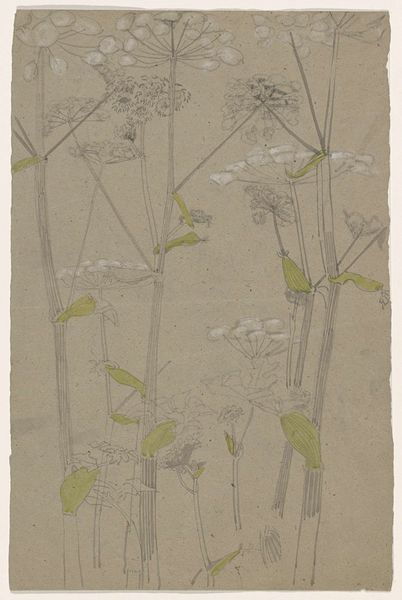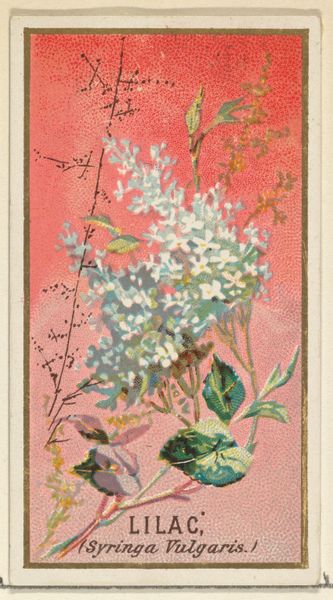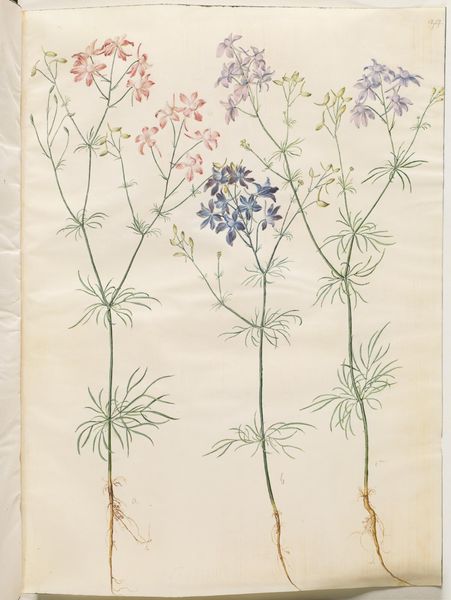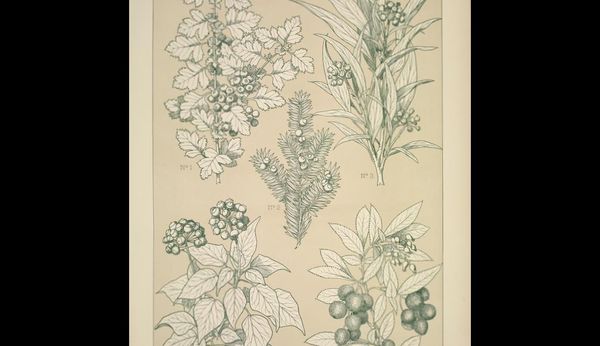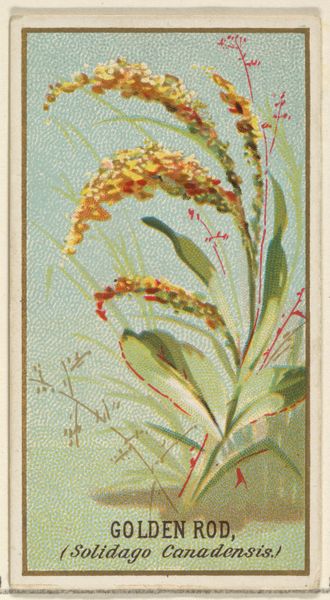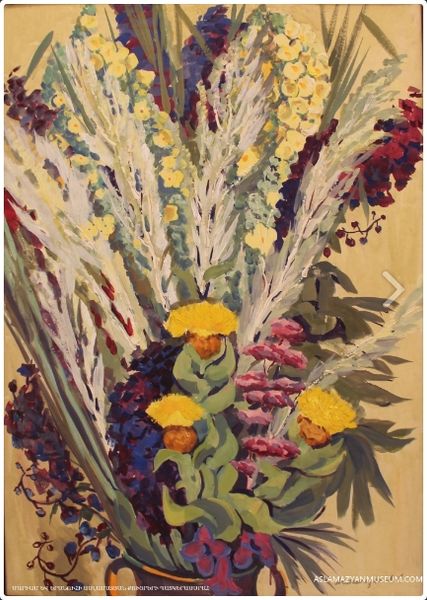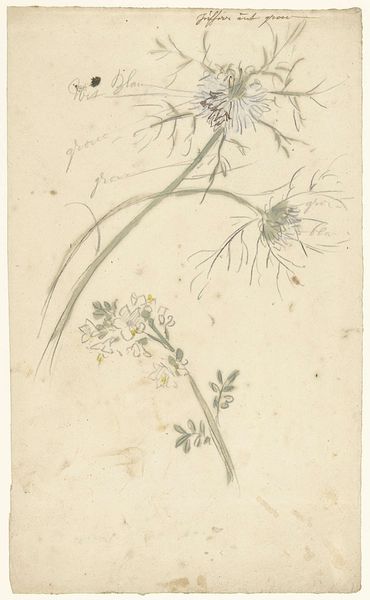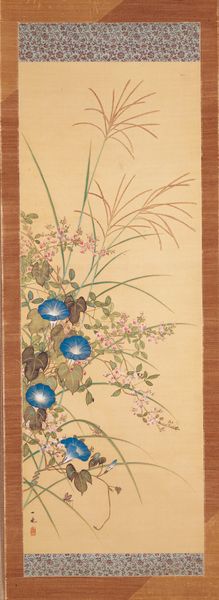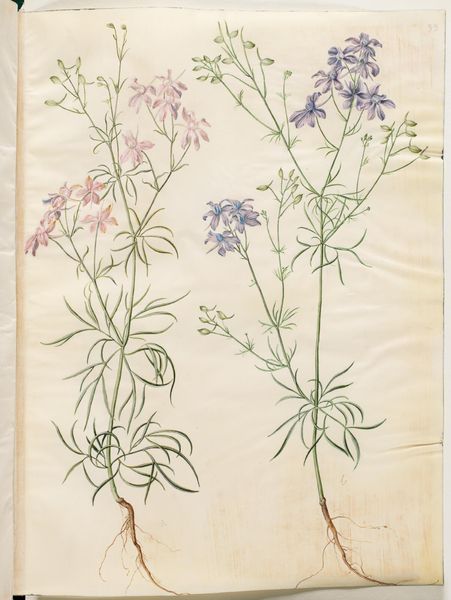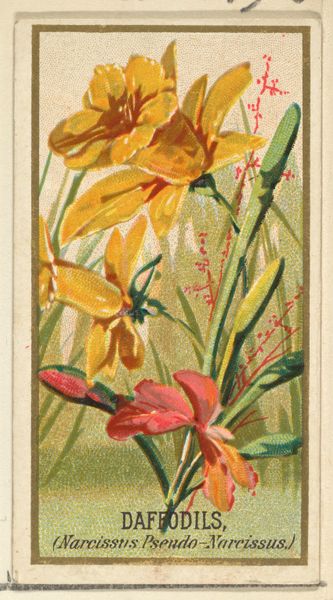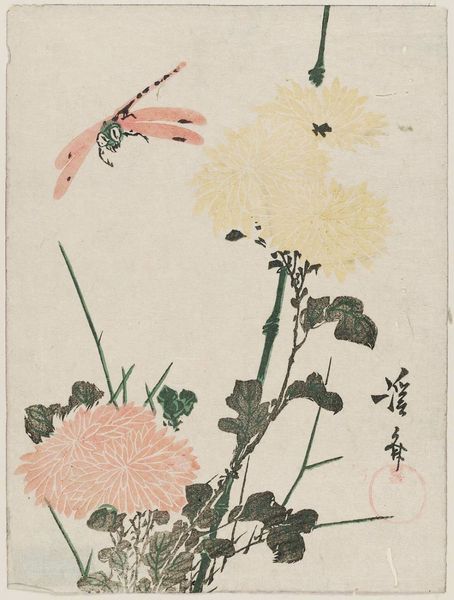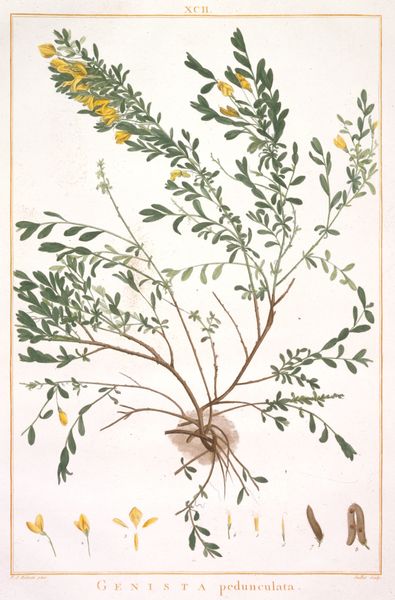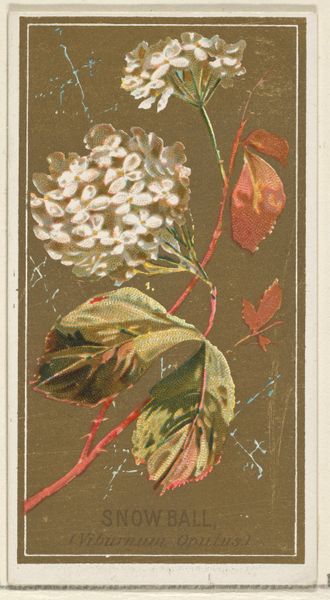
Dimensions: 16 5/8 × 13 3/4 in. (42.23 × 34.93 cm) (sheet)24 1/2 × 21 5/8 × 1 3/4 in. (62.23 × 54.93 × 4.45 cm) (outer frame)
Copyright: No Copyright - United States
Curator: Looking at "Wildflowers and a Grasshopper," a painting that the Minneapolis Institute of Art attributes to Paula Rösler, probably made between 1900 and 1925, my immediate reaction is one of intense nostalgia. The flowers aren't just arranged, they’re tumbling forward, like a memory struggling to remain crisp. Editor: It's interesting how the impressionistic technique of watercolor almost obscures the plant matter itself. I am interested in understanding the materiality of botanical illustrations from this period, especially because we tend to view these floral depictions removed from any historical account or maker. Curator: Oh, absolutely. There’s a dance between precise rendering and ethereal suggestion. That single grasshopper tucked away—a tiny jolt of life in a seemingly still world—almost vibrates against the softer colors of the flowers. I'd wager Rösler labored quite hard to conjure the impression of delicate labor-free wildflowers. Editor: And Rösler would have relied upon distinct commercial networks. Access to quality watercolors was often predicated on class. Looking closer, the composition gestures to an early photographic sensibility in cropping the scene itself. A commercial garden catalogue, perhaps? What social function do these illustrations provide and for whom? Curator: Possibly for aspiring ladies interested in nature but bound indoors? Imagine creating a little patch of vibrant meadow right on your wall! I bet the very *act* of recreating these wildflowers offered an appealing tactile experience. Editor: Precisely! How is labor understood? Who benefits from botanical illustrations like these, especially during times when the divide between natural, industrial, and consumer culture blurred. What about that strange signature in the upper left corner? Curator: Right! Almost a post-script—as if to say "and yes, I, Rösler was here". Perhaps we should rethink our tendency to compartmentalize art; craft and the everyday are closer than we think! Editor: Yes, a painting offering a moment of floral escape for the creator and a potential window onto material processes. Thanks.
Comments
minneapolisinstituteofart almost 2 years ago
⋮
With a perfect balance of nature and artifice, this watercolor allows the happy rediscovery of a little-known artist. Paula Rösler’s precise rendition, shifting rhythms, compressed space, and restrained color produce a decorative whole, without a trace of wallpaper repetition. Rösler lived in an art world dominated by men. Since women were not permitted to study at Munisch main art academy, she went to the Damen-Akademie des Münchner Künstlerinnen-Vereins (Ladies’ Academy of the Munich Artists' Association). She was the only woman among the founders of the progressive artists’ group Die Welle (The Wave), with which she exhibited from 1922 to 1934. The group disbanded in the face of rising Nazi intolerance for free-thinking organizations. Though she grew up in a prosperous family, the upheavals of World War I led Rösler to struggle financially for the rest of her life.
Join the conversation
Join millions of artists and users on Artera today and experience the ultimate creative platform.
